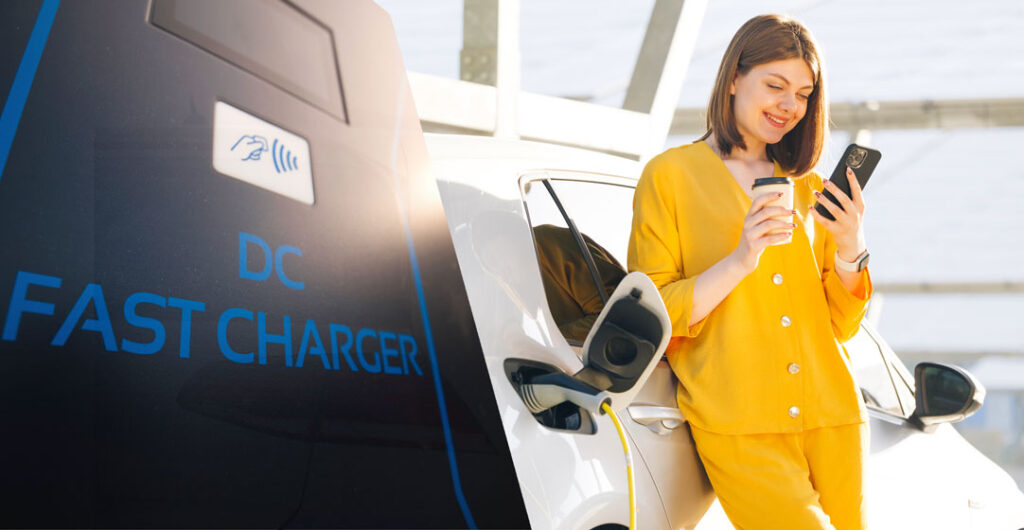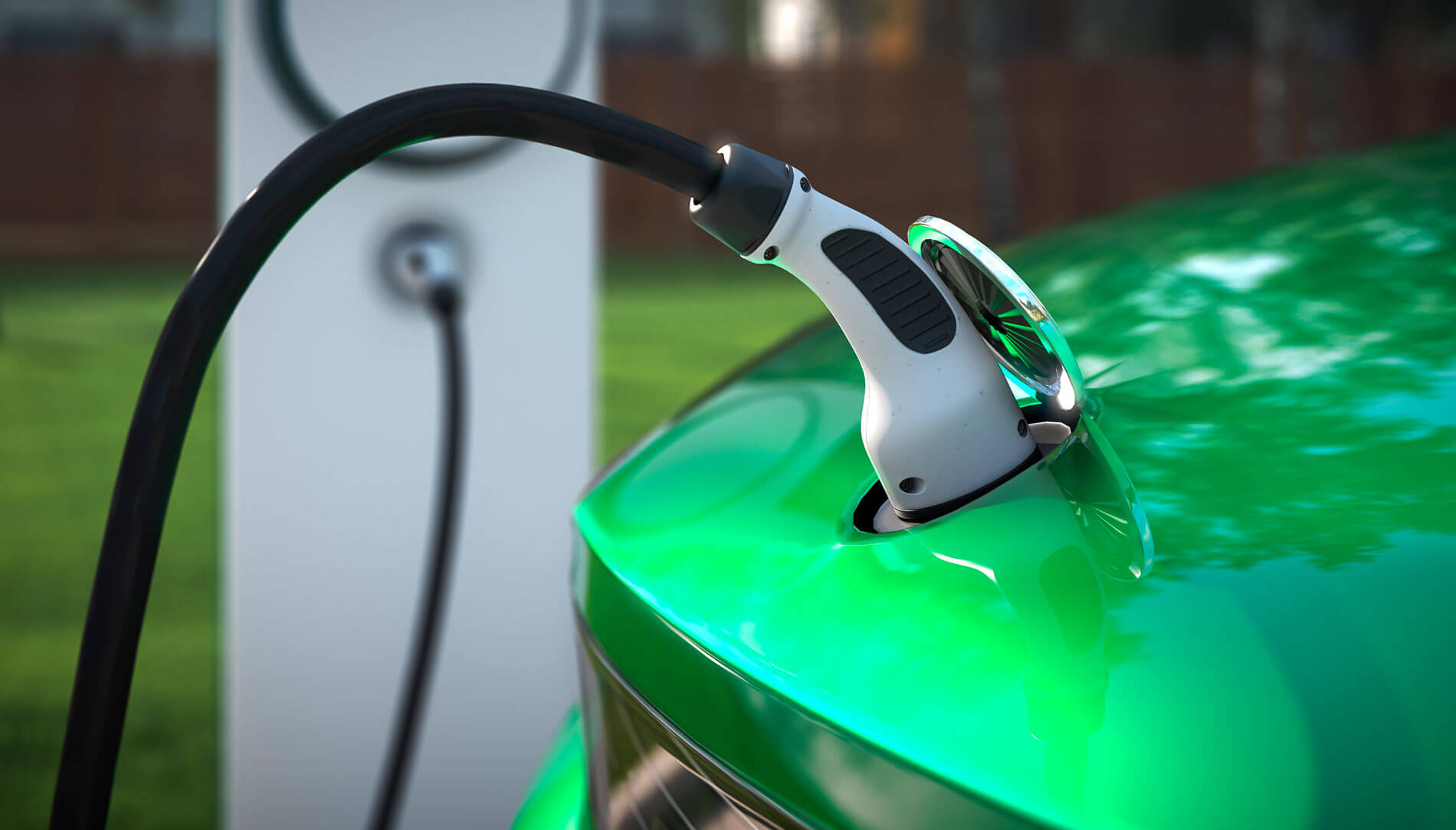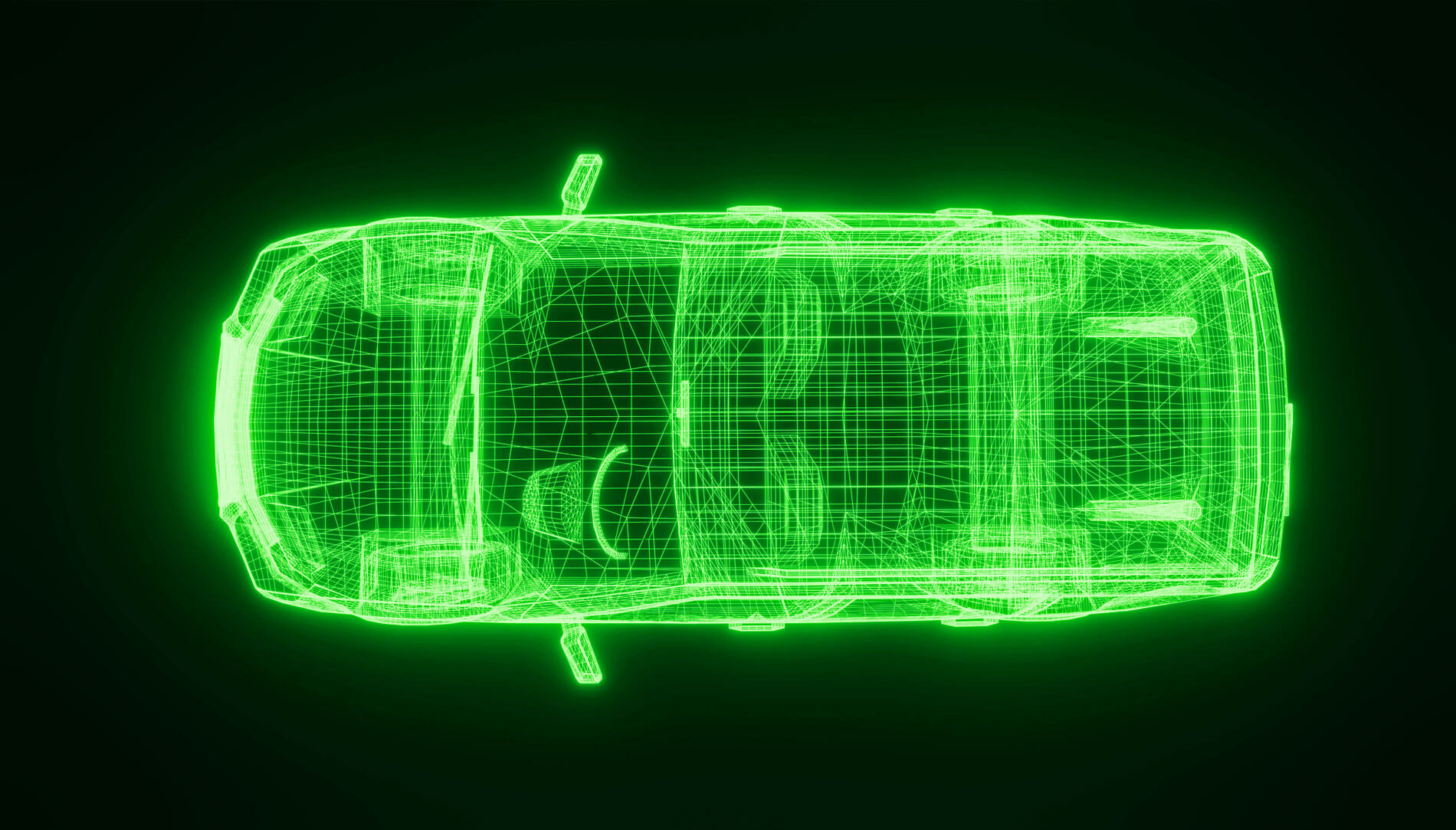From Hybrid to Hydrogen: Electric cars are on the move.
With sky-high gas prices, growing environment awareness, better technology and available models, it is no surprise that more people are shopping for an electric car. If you’re new to electric car shopping, a good place to begin is with the broad types of electric cars. There are different types of electric cars, including all-electric cars, hybrids, plug-in hybrids and hydrogen. Use this quick guide to learn more about the different types of electric cars.

It’s an exciting time to be in the market for any new type of vehicle, whether you’re looking for an electric sedan, electric truck or even one of the newly-announced electric muscle cars. Car shoppers are spoiled for choice with new makes and models coming off the production lines, including many at American factories.
Electric cars
Electric cars or trucks (often generically called electric vehicles or EVs) are powered entirely by an electric-powered motor. EVs don’t use gasoline. They have a battery range of up to 300 miles or more before needing a charge. Just like gas-powered cars, EVs are designed to be suitable in all driving scenarios, whether at high speeds on the freeway or commuting in the city.
EVs have several advantages over gas-powered cars. They have zero emissions, so they are the best type of vehicle for the environment. Also, the engines are less complex and have fewer parts than an engine that runs on gas. So, you can expect fewer engine problems and less maintenance, plus no oil changes or emission checks. The cost of recharging the battery at home or at a commercial charging station is less than the cost of gas.
Never go to the gas station again, except for snacks
One of the greatest benefits of an electric car is you never have to go to a gas station. Most electric cars are equipped with a power cord that you can plug into a standard socket at home without making any upgrades. (In EV speak, this refers to Level 1 charging.) Typically, using this most basic charging method, it takes roughly 8 to 10 hours of charging to gain 40 miles of range. For most commuters, this is more than enough charge to get you through the day. Electric cars also derive a small charge from braking through regenerative braking that recaptures kinetic energy as the car decelerates and provides a charge.
You can speed up charging at home by upgrading to a 208-volt or 240-volt circuit (known as Level II charging). Most people will have to make modifications that require an electrician, but the payoff is that your car charges much quicker. With Level II charging, you can typically gain 15 to 30 miles of range in an hour. So, it’s possible to fully charge a near-exhausted battery overnight.
An ever-widening network of DC fast-charging stations is also available across the country. These stations speed up charging even more. With fast charging, you can often charge a near-exhausted battery to 80% capacity in 30 minutes.

Consider these factors when car shopping
Just like you have to fill up a gas-powered car with gas, you must charge your electric car when the battery is exhausted. There is no option to switch over to gas. Within most cities and towns, this isn’t a problem. You can find places to charge the car in a growing number of places – at hospitals, hotels, restaurants, offices, supermarkets and outside malls.
On long-distance cross-country trips, electric car drivers plan ahead to charge the battery at convenient stopping points, such as while stopping for lunch. Charging apps are available to help you plan the route and identify commercial fast-charging stations on the road. While some areas have a smaller number of places to charge a car, that’s changing fast. New charging stations are cropping up all over the country.
You may also have heard that while the overall maintenance is low, the battery is expensive to replace — several thousand dollars to more than $20,000. The good news is that you won’t have to worry about a battery replacement for some time, if ever. Electric car batteries tend to come with a factory warranty of eight to 10 years or 100,000 miles.
Lastly, home charging is great for people who live in their own homes, but apartment dwellers and renters may not have easy access to an outside plug. That’s why many new apartment and condo complexes are including multiple charging stations in the construction and design plans. You can expect to see more and more charging stations just about everywhere you go.

Hybrids
Think of a hybrid as a tweener vehicle between a fully gas-powered car and a fully electric car. Hybrids run on twin engines, electric-powered and gas. The upside of a hybrid is that you can get the benefits of an electric car when commuting in a city and switch over to gas while driving over long distances.
The downside of hybrids is that they cause emissions when running on gas, so they have a greater negative impact on the environment. A hybrid engine is also more complicated than a standard combustible engine. It is full of complex parts that potentially could drive up repair costs. So, you don’t get the benefit of a zero-emissions vehicle or lower maintenance costs.
Plug-in hybrids
There are two broad categories of hybrids: “full hybrids or HEVs” and “plug-in hybrids or PHEVs.”
Plug-in hybrids are designed to run on electric-only power in all circumstances even at high speeds. They have smaller batteries than electric cars, and their range is limited. They can typically only run exclusively on electric for about 20 to 40 miles, whereas a fully charged electric car can have a range of more than 350 miles depending on the model.
As the name suggests, plug-in hybrids require you to plug into an external source of power to recharge the car’s electric battery. By contrast, full hybrids recharge their batteries internally by regenerative braking that recaptures kinetic energy as the car decelerates and provides a small charge for the battery. Plug-in hybrids also have regenerative braking capability. But, since their batteries are larger than full hybrids, they require an external power source to recharge.
Full hybrids
Unlike plug-in hybrids, “full hybrids” are primarily gas-powered vehicles that can sometimes run in electric-only mode but at slower speeds. Full hybrids have even smaller batteries than plug-in hybrids and aren’t designed to run on the highway at high speeds in electric-only mode. You can drive full hybrids in electric mode at lower speeds in the city, however.
Full hybrids and plug-in hybrids can also be driven with their electric and combustion engines running in tandem, which extends the battery’s range and gives you greater fuel economy than a standard gas-powered car.
It should also be mentioned that there is a third type of hybrid car called a “mild HEV hybrid.” Mild hybrids don’t have an electric-only mode and must rely on gas to run; however, a small electric motor supports the engine, boosting the overall fuel economy by powering certain parts of the car, such as its radio, heating and air conditioning.

Fuel cell electric cars
One last type of electric vehicle is worth mentioning: fuel cell electric cars. These cars can achieve a range of up to 400 miles and be refueled almost as quickly as it takes to fill up a standard car with gas.
A fuel cell electric car runs on electricity, but the process is different than with battery-powered electric cars and hybrids. Fuel cell electric cars are powered by hydrogen gas stored in the car’s tank and oxygen, which combine electrochemically to produce electricity. As of 2022, fuel cell electric cars were an option in some of the major cities in California.
Learn more about the different types of electric cars
Electric car shopping or just curious? You can learn more about the different types of electric cars from these resources:
Electric Car Types (The U.S. Department of Transportation)
Best Used Cars Under 30k and 40k (Recurrent).
How much does an EV cost? It depends on your state. (Recurrent)
Should you buy an EV? (Recurrent)
—Written by Victor Whitman
—Top photo illustration by Karen Steichen




